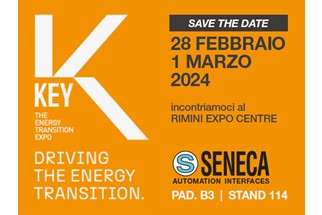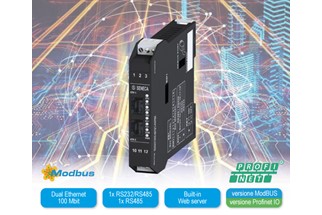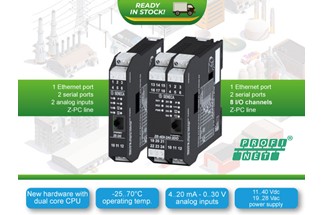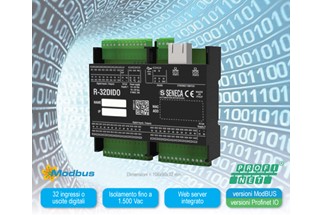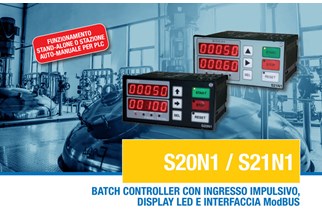Choosing the type of power supply in electrical panels
When designing an industrial electrical system, it is essential to consider the quality level of the available mains power supply, and depending on this, the appropriate supply voltages must be chosen. Inside the automation, instrumentation and control panels are mounted both power equipment and electronic components (PLC, etc..) divided by screens and segregations to avoid any problems of electrical failure and management of different power supply systems. This is why the selection, sizing, and engineering of the electrical panel must comply with standards and characteristics that, if well specified in the design phase, contribute to the proper functioning of the equipment as a whole and guarantee the possibility of maintenance and evolution of the panel.
In the industrial sector, 24 V supply voltage has become a standard. Most manufacturers offer a wide range of products and standardization allows users to limit the risks of incompatibility between different products.
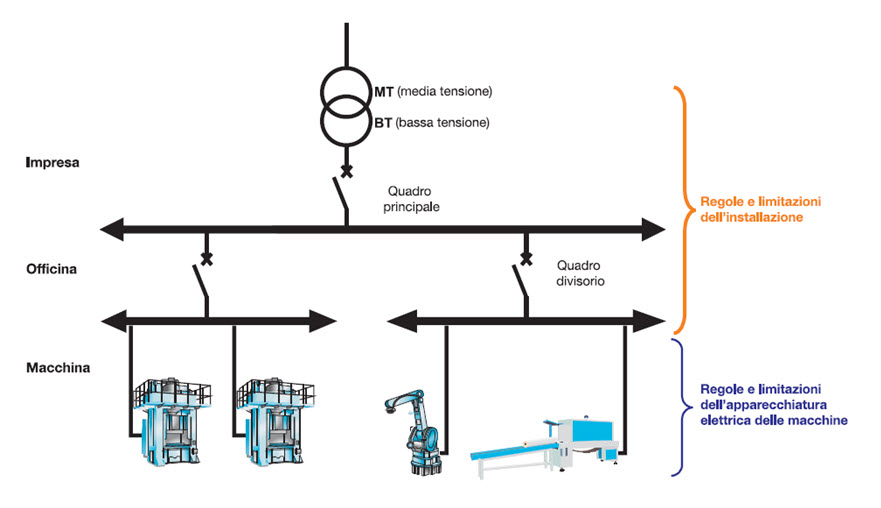
Fig.1 Architecture of industrial power supply systems
The benefits of Vac/Vdc switching power supply
SENECA offers a double range of 24 Vac/dc switching the power supply on almost all its product range: I/O modules, controllers, RTU, communication interfaces, energy counters, energy power meters, isolator-converters, stabilized power supplies, protections, digital indicators, and batch controllers. The operating principle of a switching power supply is to switch a rectified voltage at high frequency. The availability of instruments with universal Vac/dc switching power supply offers the following advantages:
- The same module can be supplied with both DC and AC power supply
- Stabilized output voltage value: constant, precise, linear
- Low dissipation (higher efficiency/energy efficiency, smaller panels)
- High performance without the need for high peak powers
- Short-circuit protection
- Recirculation or reconfiguration not necessary in case of AC/DC variation
- Continuity of service
- No capacitive effect and no disturbances in the cables
- Avoids the use of expensive and bulky transformers
- Less power loss than transformers
- Lower cost compared to transformers (saving in the design and execution of the electrical panel)
- Management of a single sales code
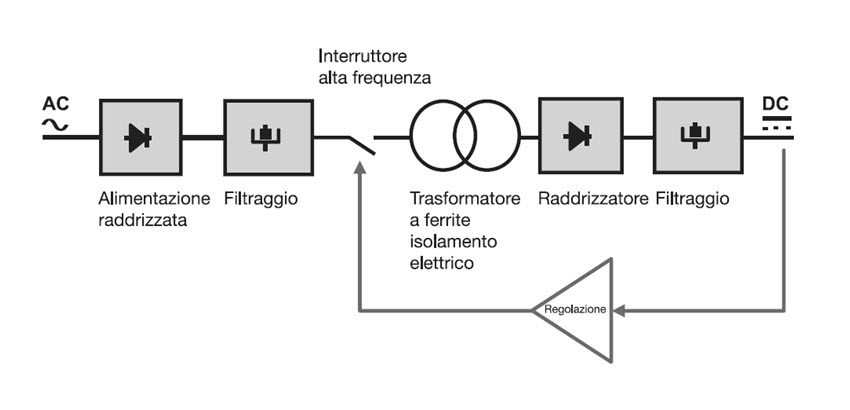
Fig.2 Principle diagram of the switching power supply unit
The benefits of Vac power supply
Here are instead the main advantages specific to the 24Vac power supply:
- Lower cost because a transformer is used instead of a stabilized power supply
- Greater reliability because the probability of failure of a transformer is lower than that of a stabilized power supply (higher MTBF)
- Greater safety because in the event of a short circuit in some parts of the system, the arc generated by the alternating voltage is less persistent than that of the direct voltage, so there is a lower risk of fire in the equipment.
- Reduced risk of an electrical hazard in severe or hazardous environments and reduced exposure of the equipment to risks from direct or indirect contact, arcing and fire.
The benefits of Vdc power supply
The 24 Vdc power supply is preferable:
- In electrical panels that for functional reasons need direct voltage such as panels where the power is supplied by batteries recharged through solar panels
- In electrical panels installed in unattended sites and which need to remain powered even in the event of a mains power failure by means of backup batteries or uninterruptible power supplies
- In control panels with a high concentration of controllers, I/O boards, solenoids, relays, solenoid valves and devices requiring a 24Vdc power supply


 EN
EN





